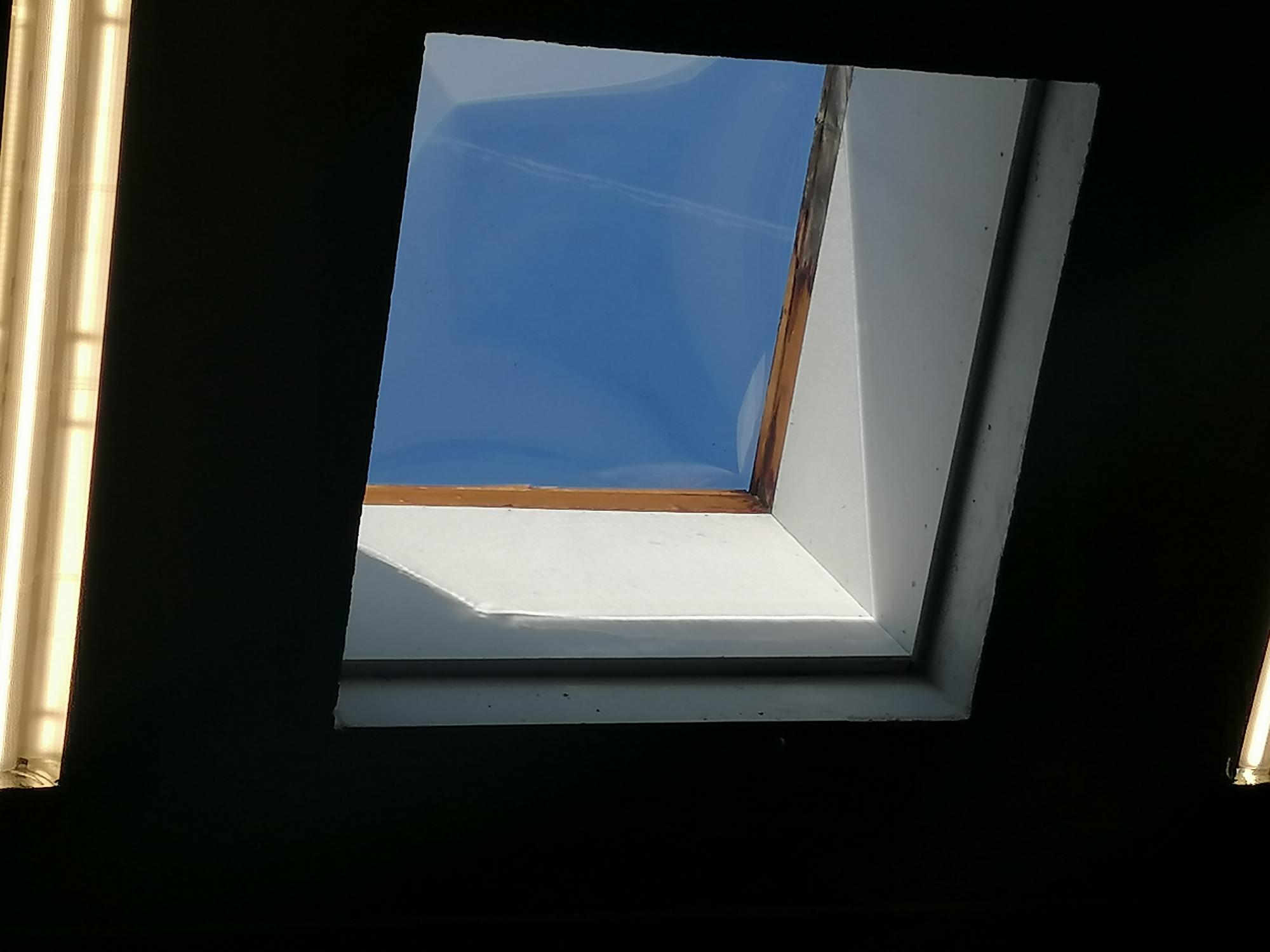Moment(s) of Embodied Reflection, in Various Locations
Background:
This method was created for PIMDI intensive week in Kristiansand, April 2022. It is based on work with and for dance and theatre pedagogy MA students at the University of the Arts, Helsinki. It is purposefully guided and formatted in a “supra-subjective” mode, that is, without an acting subject as the instructions were given in written format (in practice, also read aloud but not explained further).
Instructions:
Walking, maybe slowing down a bit
Looking for a place to stop and rest
Settling down – sitting, laying down, or maybe finding some unusual position
Feeling the surface, the weight of the body
Breathing, maybe sinking a bit
Releasing, maybe closing the eyes
Sensing and listening to the environment, inner and outer
Staying there for a moment, maybe two minutes, maybe ten
Paying attention also to emerging images and thoughts
Trying to memorize some sensations, images, thoughts
Returning to walking when feeling its time
Documenting the place by photo
Writing, drawing, logging something afterwards
**
You may repeat this practice again, finding a new spot

Purpose:
- To rest and relax, to sense the body and breath.
- To let impressions, images and thoughts related to the day’s work emerge.
- To focus on what has taken place, how the experiences are taking form and how meanings are coming to be created.
- Understanding that learning and meaning-making happen in complex relationships.
- To support learning, transformation, and well-being.
Who for:
- Art students at university level
- May be applied with younger students in any subject
Variations:
- This activity may be done in various spaces and locations: outdoors, indoors, at home or school, in public or private spaces
- Experienced artist-performers or students willing to take risks may go to places like museums or shopping malls
- With younger students, the activity may be shorter, more structured and guided by the teacher
Duration:
- From one to two hours
Author:
Eeva Anttila, University of the Arts Helsinki, Finland.
